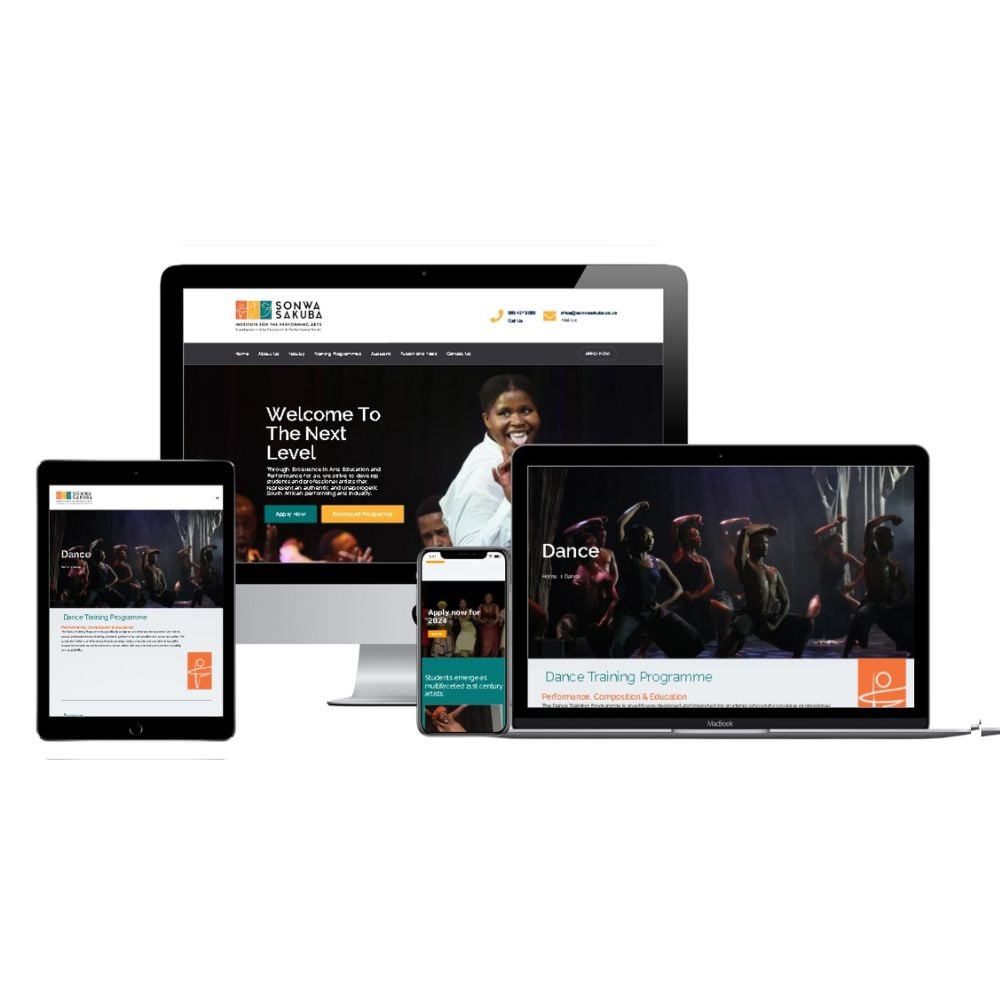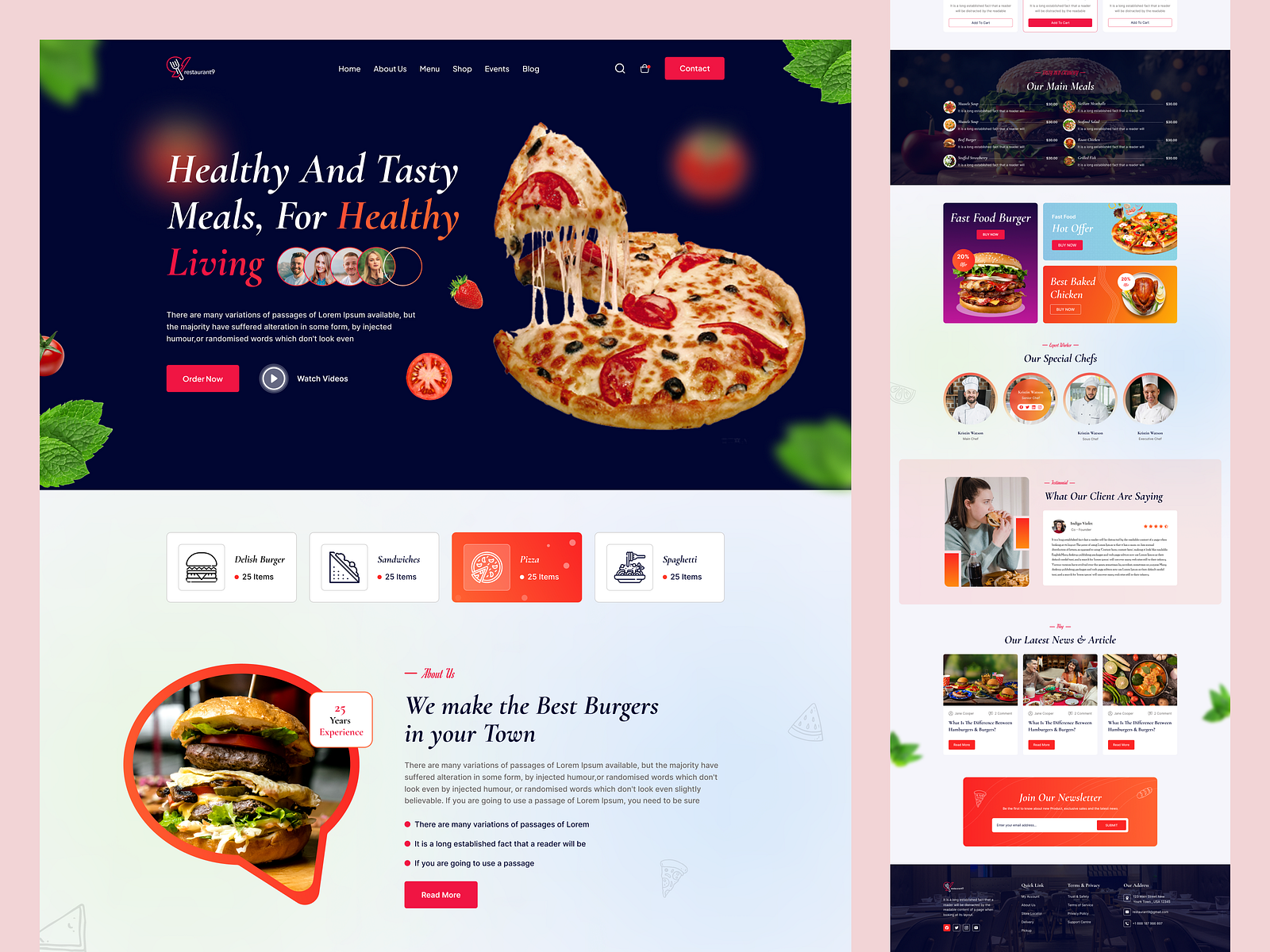Best Practices to Follow for a Successful Website Design Strategy
Best Practices to Follow for a Successful Website Design Strategy
Blog Article
Vital Tips for Crafting High-Impact Web Site Styles
In the realm of digital marketing, the layout of a web site serves as a crucial touchpoint for involving possible customers. To develop high-impact site layouts, one should take into consideration essential aspects such as target market understanding, user experience, and visual power structure.
Understand Your Audience

To properly understand your target market, start by carrying out demographic analyses to gather data on age, sex, area, and interests - website design. This information works as a foundation for creating customer personalities, which represent the vital attributes of your target market. These identities overview decision-making in design aspects and content approach, making sure positioning with customer assumptions
In addition, examining customer behavior with devices like Google Analytics can expose how visitors communicate with your site. Metrics such as bounce rates and time on page can highlight locations that require enhancement or modification. User surveys and feedback additionally provide indispensable understandings right into choices and pain points.
Eventually, a deep understanding of your audience is not just useful yet vital. It equips developers to develop even more relevant, appealing, and functional internet sites that foster a positive user experience and drive wanted end results.
Prioritize Individual Experience
When creating a web site, prioritizing user experience (UX) is critical to attaining both customer fulfillment and service objectives. A well-crafted UX makes sure that visitors can navigate the website effortlessly, find the information they need, and engage with material properly. To achieve this, it is important to take on a user-centered layout strategy that involves understanding customer requires, choices, and habits.
Beginning by performing complete study, consisting of customer studies and use testing, to gather insights into how users connect with your site. This data must notify layout choices, making sure that features and designs straighten with customer expectations. Structured navigation is essential; visitors need to be able to find info rapidly without unnecessary clicks or complication.
Additionally, take into consideration the loading rate of your web site. A slow-loading website can lead to high bounce rates, negatively influencing user experience. Enhance manuscripts and photos to improve efficiency.
Lastly, make certain that your web site is easily accessible to all users, including those with handicaps. Adhering to accessibility criteria not only widens your target market however also promotes inclusivity. By prioritizing UX, you lay the structure for an effective site that meets both individual needs and organization goals.
Embrace Visual Power Structure
A well-structured aesthetic hierarchy plays a significant function in boosting customer experience by guiding visitors' focus to the most vital components of a web site (website design). By purposefully setting up web content, designers can develop a clear course for customers to comply with, ensuring they involve with crucial information effectively
To execute visual hierarchy, beginning by utilizing dimension and scale. Larger elements normally draw the eye, making them ideal for headings or phones call to action. Complement this with contrasting colors that highlight crucial areas, as dynamic tones can develop prime focus that catch interest.
Furthermore, the positioning of components on the page is crucial. Leading the viewer's stare with the layout can be achieved by positioning crucial information at the leading or in the center, where users typically start their aesthetic trip. Integrating whitespace around components read can also improve clearness, making it much easier for users to refine details without feeling bewildered.
Last but not least, employing typography effectively adds to visual hierarchy. Different typeface styles, weights, and sizes can represent value, assisting users with the material seamlessly. By embracing these concepts, designers can produce an user-friendly experience that fosters engagement and motivates individuals to explore further.
Maximize for Mobile
Mobile optimization is crucial in today's electronic landscape, as a considerable part of web website traffic originates from mobile phones. To make sure a smooth user experience, internet sites should be designed with mobile users in mind. This includes utilizing responsive website design techniques that adapt the layout, images, and text to fit various screen sizes while maintaining performance and looks.

Touch targets, such as buttons and web links, have to be suitably sized, ensuring Web Site they are easily tappable without mistakes. In addition, make sure that forms are mobile-friendly by lessening input fields and using dropdowns where suitable, improving the customer experience.
Lastly, test your site throughout different mobile tools and browsers to identify any problems that might affect functionality. By focusing on mobile optimization, you not only improve individual contentment yet additionally positively impact your site's online search engine ranking, thus bring in more site visitors and improving general interaction.
Implement Solid Branding
A well-defined brand name not just distinguishes you from rivals but likewise cultivates depend on and commitment amongst your audience. This identity needs to be shown constantly across all digital touchpoints, including your internet site, social media, and email interactions.
Aesthetic components such as logos, shade schemes, and typography play an essential duty in branding. Select a color scheme that reverberates with your target market and reflects your brand name character. Ensure that your logo design is functional and prominently shown on your internet site, boosting brand name recognition.
Web content is just as crucial; your intonation ought to straighten with your brand identity, whether it's professional, pleasant, or authoritative. Involving storytelling can even more reinforce your brand name, creating a psychological link with users.
Conclusion
Finally, crafting high-impact web site layouts requires a complex approach that includes comprehending the audience, prioritizing individual experience, and welcoming aesthetic power structure. Optimization for smart phones remains crucial, alongside the implementation of solid this content branding methods. By incorporating these elements, internet sites can effectively engage users, help with seamless navigating, and foster emotional connections that boost brand name identity. Ultimately, adherence to these concepts adds to the production of reliable and compelling electronic experiences that resonate with target market.
To produce high-impact internet site designs, one must consider important components such as target market understanding, individual experience, and aesthetic power structure.When creating an internet site, focusing on customer experience (UX) is paramount to accomplishing both user fulfillment and business objectives.Beginning by carrying out comprehensive research study, including individual studies and use screening, to gather insights right into exactly how users interact with your site. To make sure a seamless user experience, websites should be made with mobile individuals in mind.In final thought, crafting high-impact website styles necessitates a diverse approach that incorporates understanding the audience, focusing on customer experience, and embracing visual hierarchy.
Report this page